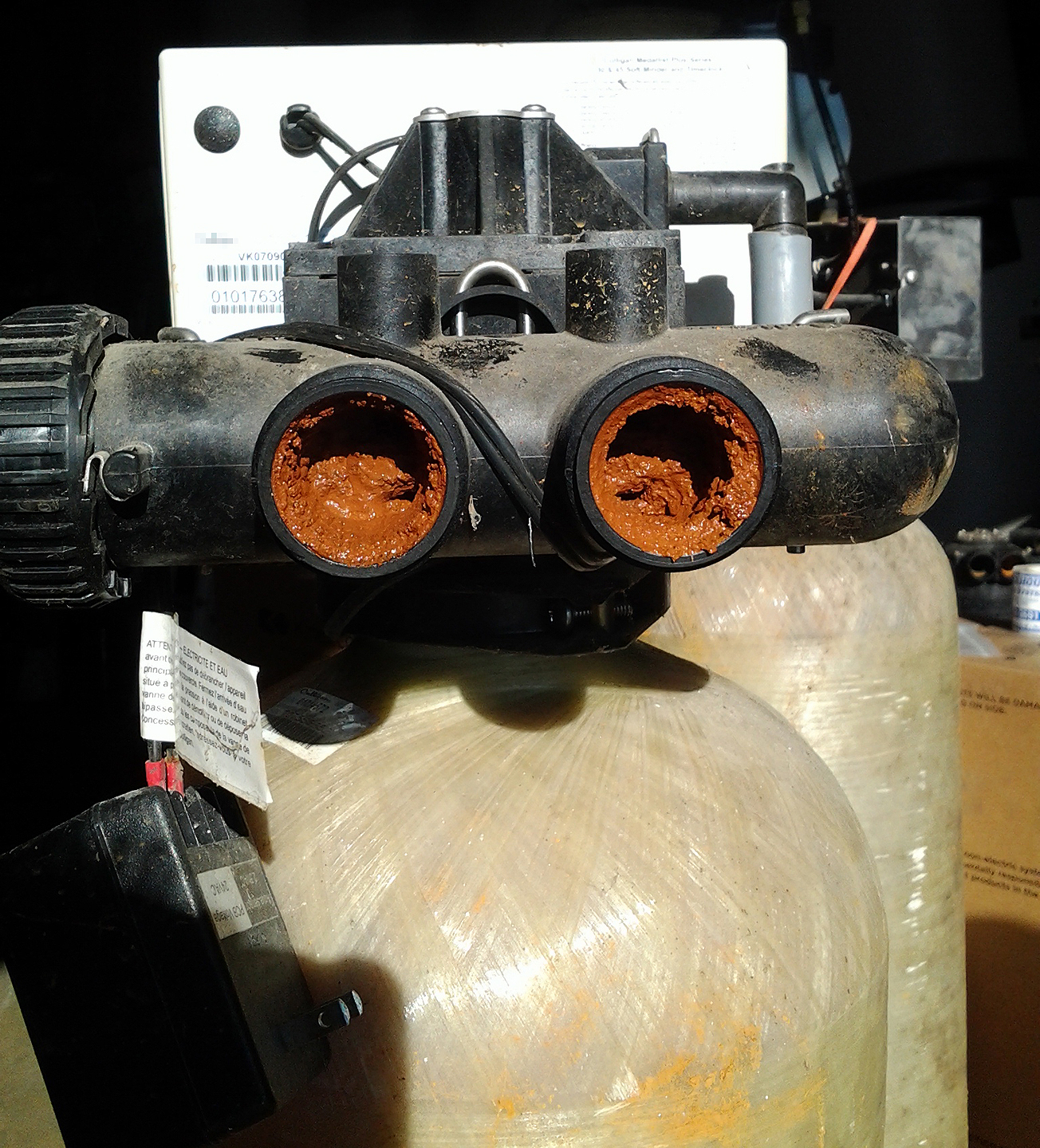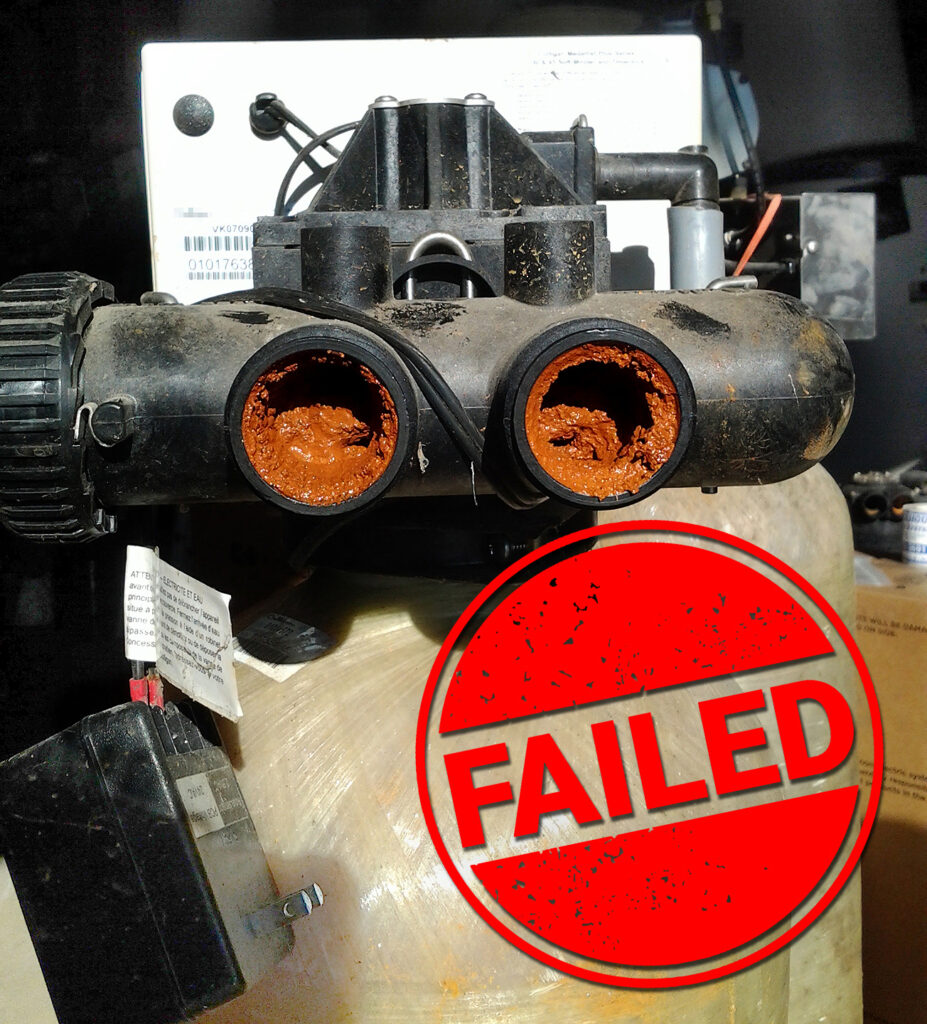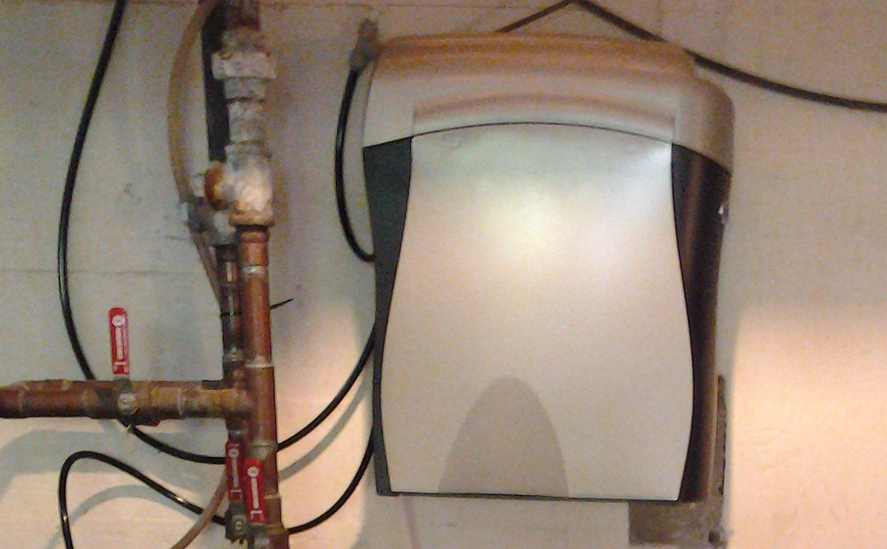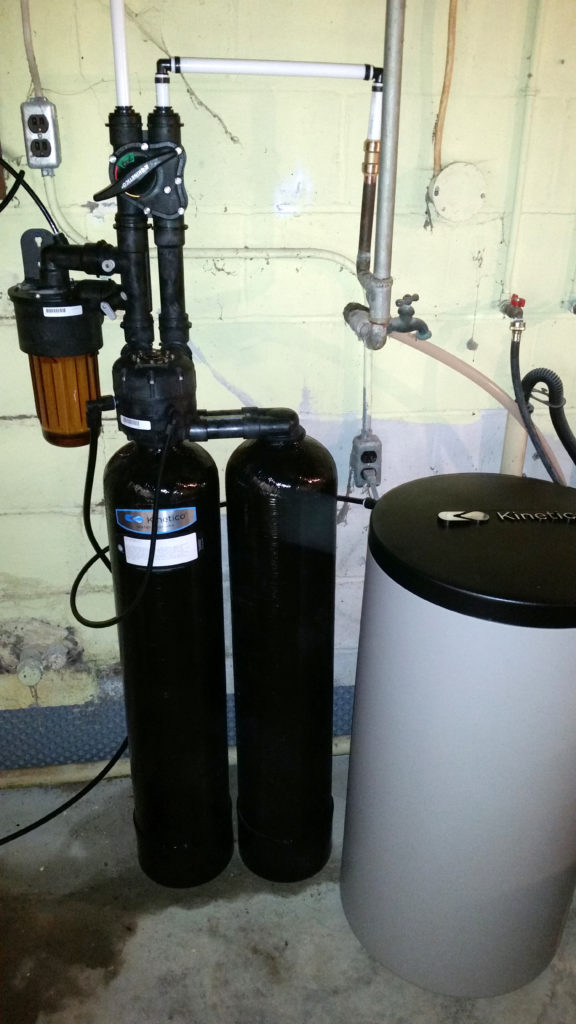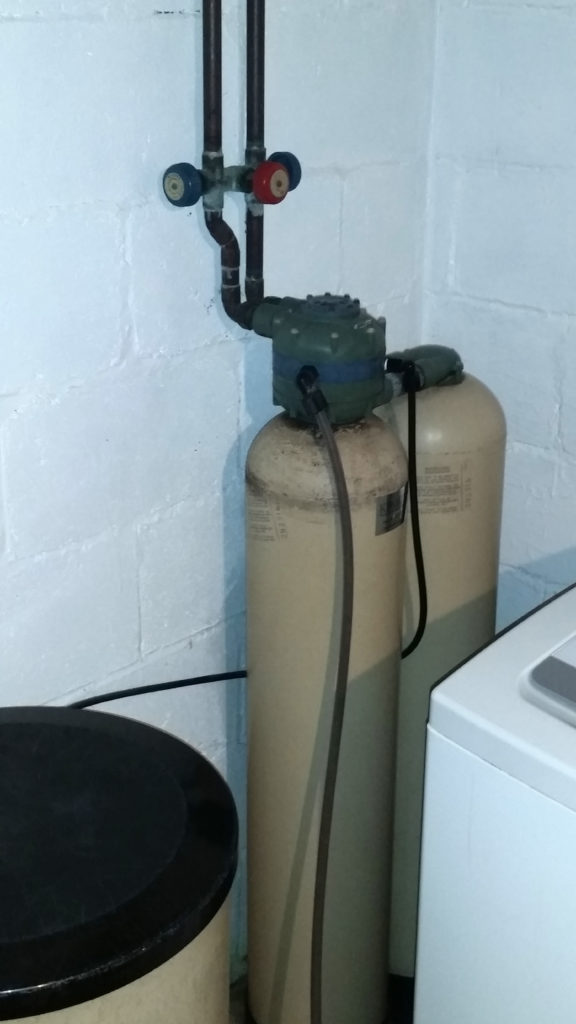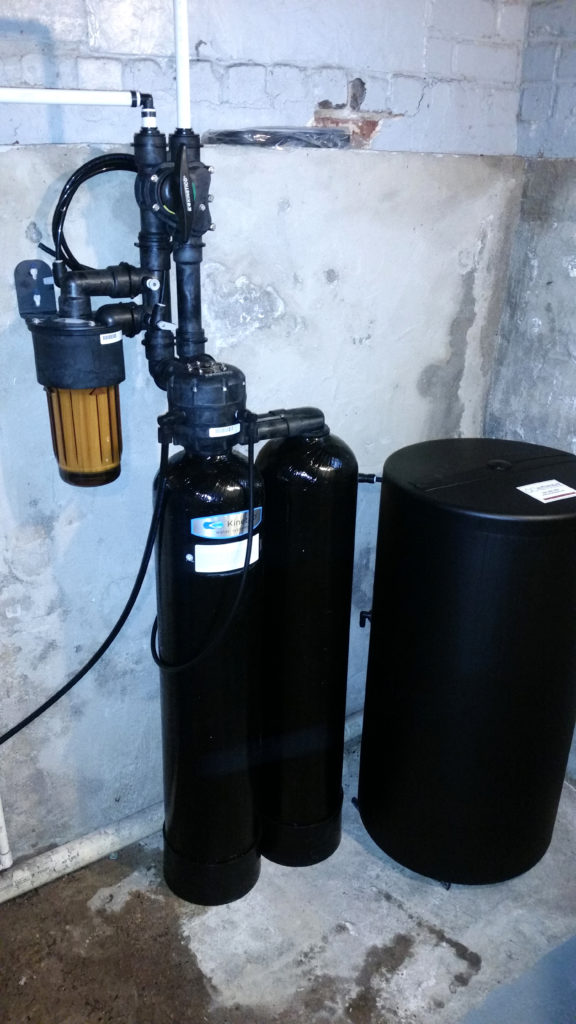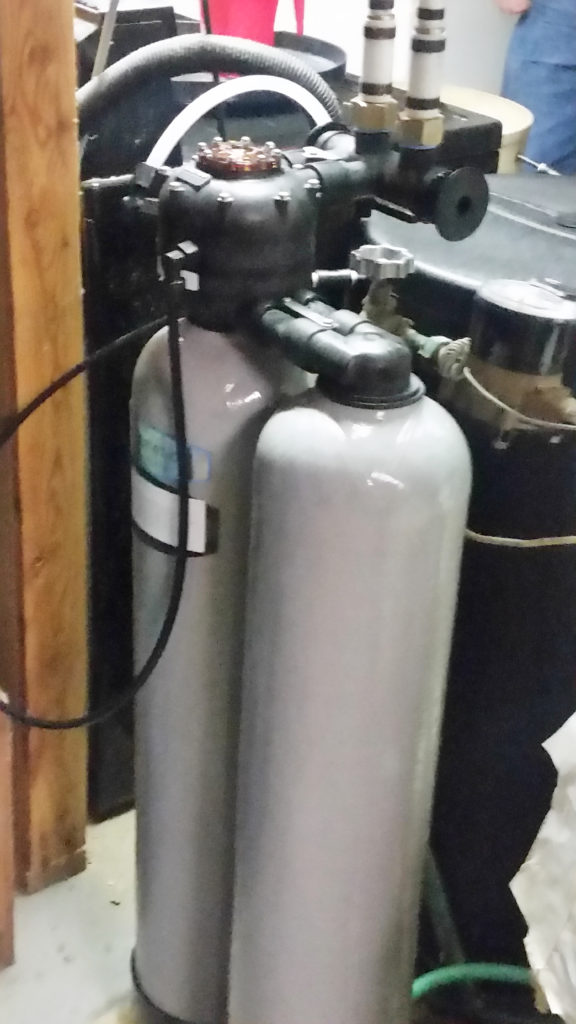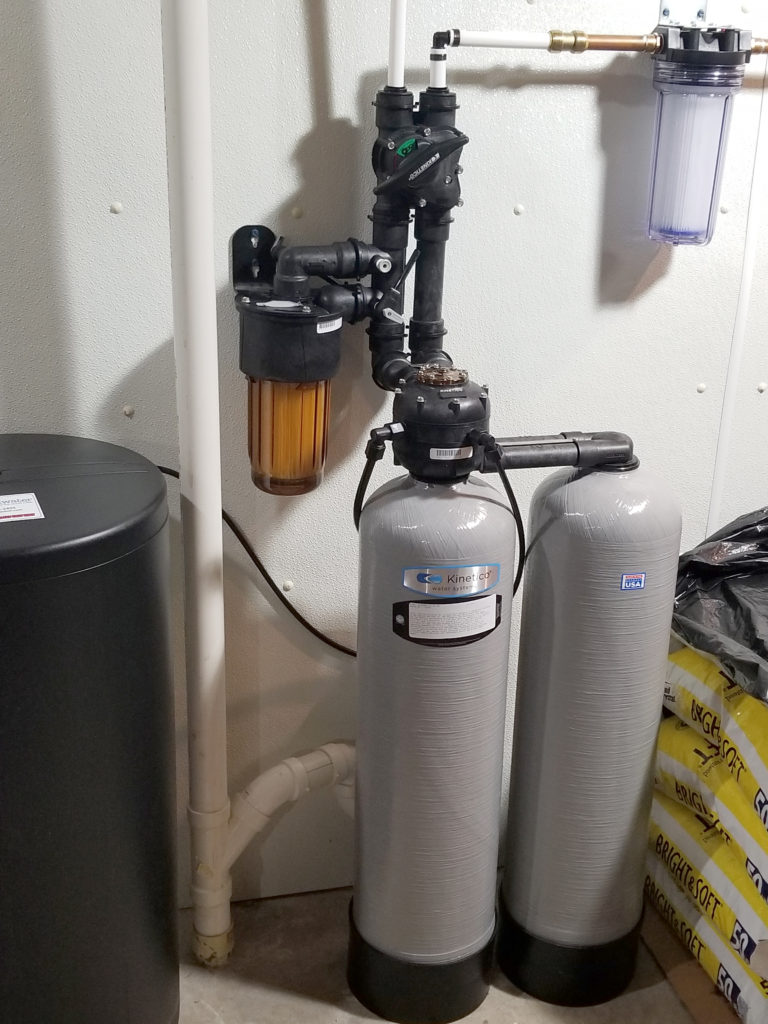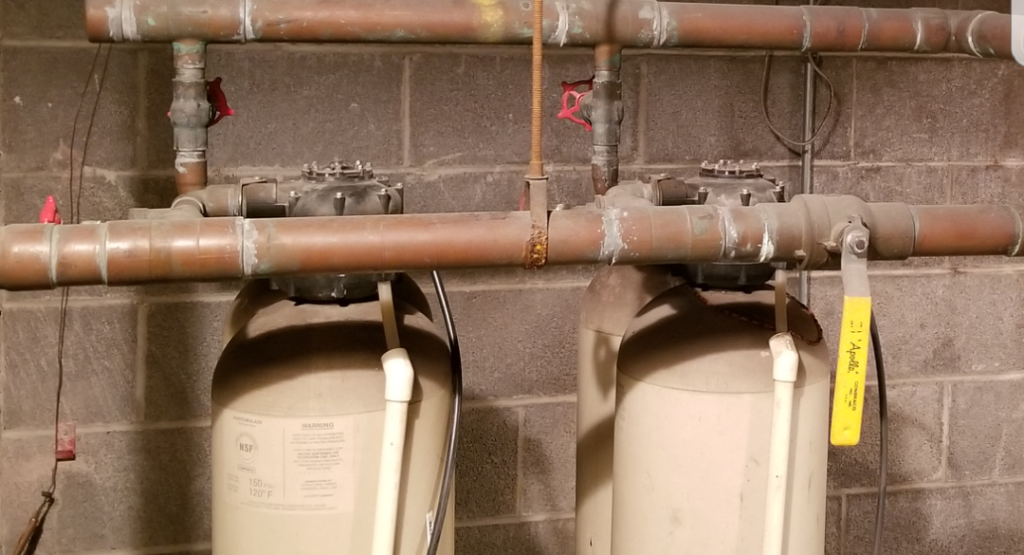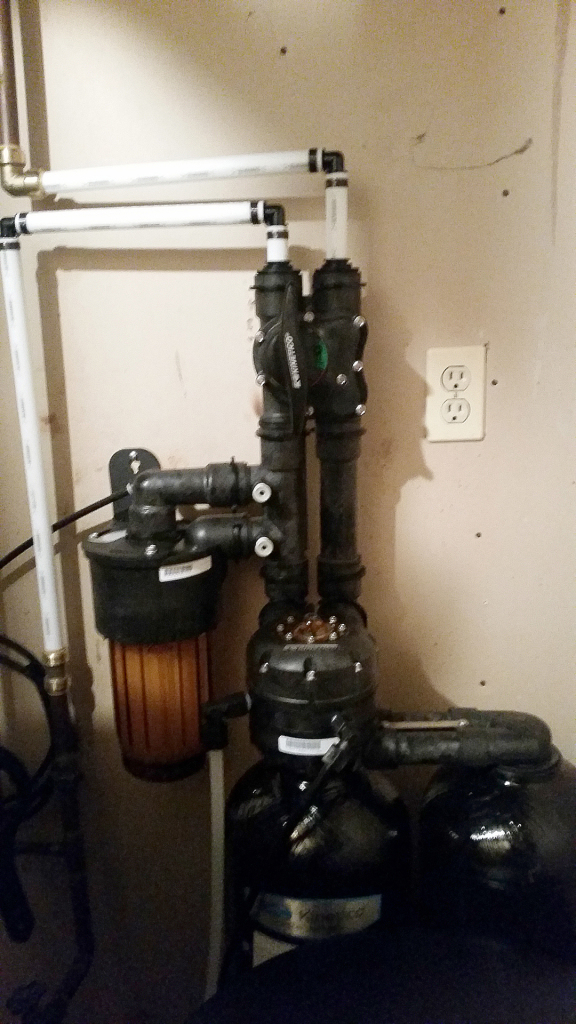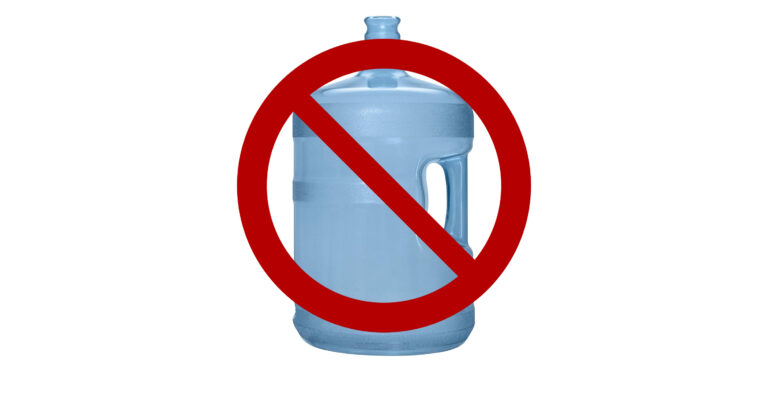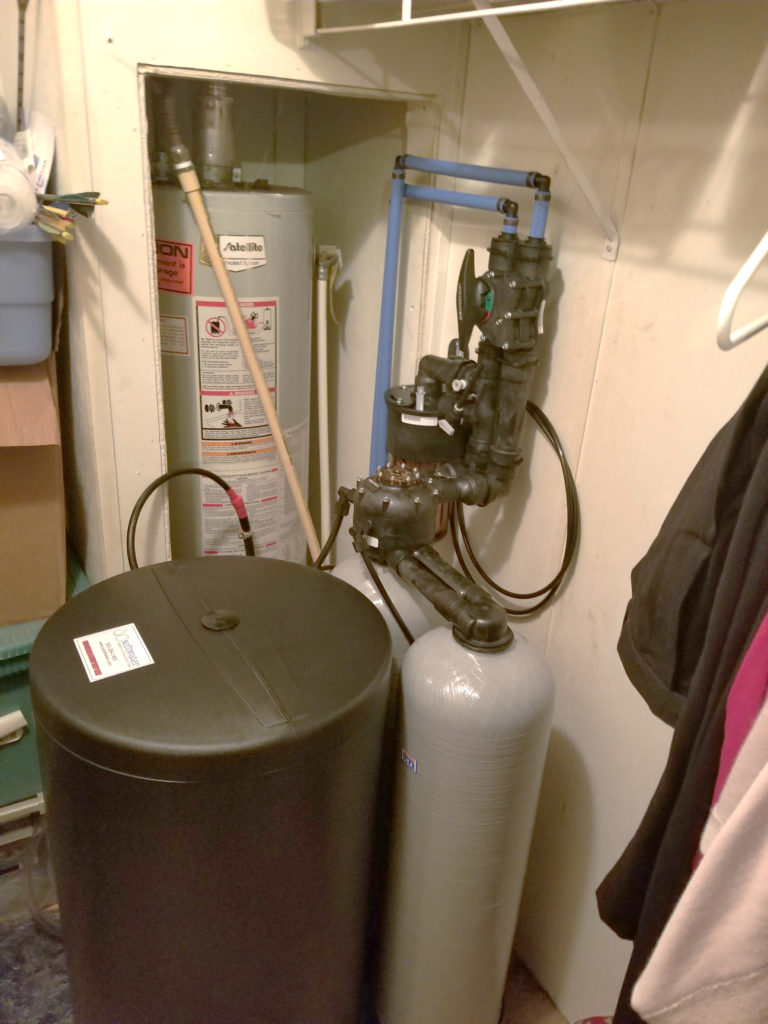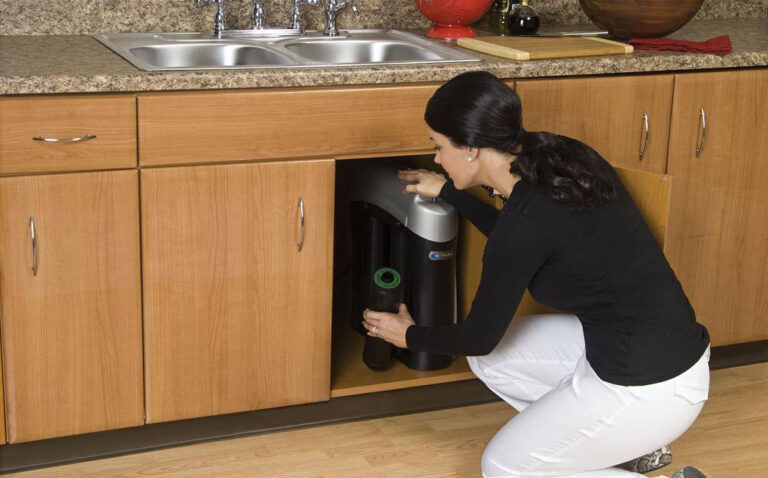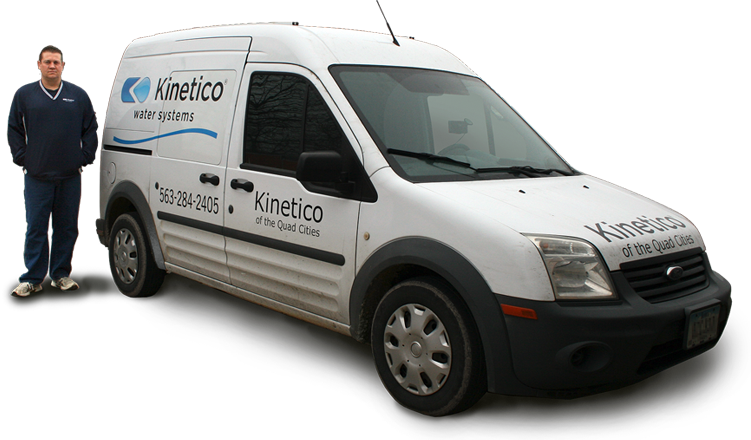Signs That It’s Time to Replace Your Water Softener
Water softeners are crucial for maintaining water quality and protecting your home from the adverse effects of hard water.
Like any appliance, they have a lifespan, and recognizing signs of wear and tear is crucial for ensuring optimal performance. In this comprehensive guide applicable to all water softener owners, we’ll explore universal indicators that it might be time to replace your system, along with important considerations such as free water testing, water taste changes, water pressure changes, hard water spots, less lather, and the role of electricity in water softeners.
- Age of Your Water Softener: Every water softener has a manufacturer-recommended lifespan. Replace your water softener if it has reached or exceeded this timeframe to maintain optimal performance.
- Decreased Water Softening Efficiency: A decline in water softness or increased limescale buildup signals potential issues. Assess the efficiency of your water softener to ensure it meets your home’s needs. Detecting a gradual rise in water hardness can be challenging, as it may not always manifest in readily noticeable changes.
- Unusual Noises: Strange sounds may indicate mechanical issues. Address these noises promptly to prevent further damage and extend your system’s lifespan.
- Persistent Leaks: Water softeners should not leak. Water around the system or signs of moisture could indicate a leak, potentially necessitating a replacement.
- Frequent Repairs: Constant repairs may suggest your water softener is reaching the end of its service life. Evaluate the cost-effectiveness of a new unit if repairs become frequent.
- Electrical Issues (For Electric Models): Electricity and water don’t mix well. If you experience electrical problems, Kinetico water softeners, which don’t rely on electricity, reduce the risk of such issues.
- Yellow Water Concerns: If you notice yellow water, it may indicate an issue with your water softener. This discoloration can result from sediment buildup, rust, or other contaminants. A water test can help identify the cause and guide you in determining if a replacement is necessary.
- Water Taste Changes: Any taste changes you detect mean you should have your water re-tested by a water treatment expert.
- Water Pressure Changes: Notice a gradual change over time; it can indicate potential issues with your water softener. Low or intermittent water pressure problems can mean the softening media is loaded with sediment or has chlorine/chloramine damage.
- Hard Water Spots: Signs of Hard Water: If the water softener works correctly, there shouldn’t be any spots on the dishes or in the bathtub.
- Less Lather: When a water softener needs to be replaced, you will often find creating a lather with soap difficult, if not impossible.
- Extra Salt: Salt Use-Water softeners use salt or potassium during softening. If you notice your softener stops using salt, that clearly indicates an issue.
In conclusion, staying vigilant for these signs, addressing concerns like yellow water, water pressure changes, hard water spots, less lather, and utilizing a free, in-home water test can help you make informed decisions about your water softener.
Additionally, the absence of electricity in Kinetico systems adds an extra layer of reliability, reducing the risk of electrical issues common in other models. Consistent upkeep and timely addressing of any issues are critical factors in ensuring your current water softener’s optimal performance and durability at home. If regular maintenance has been overlooked, it’s advisable to consider the possibility that your system may now need replacement.
To assess its current state, we recommend that you schedule a free water test or get an independent water test. This proactive approach will help you maintain the benefits of softened water in your home.

